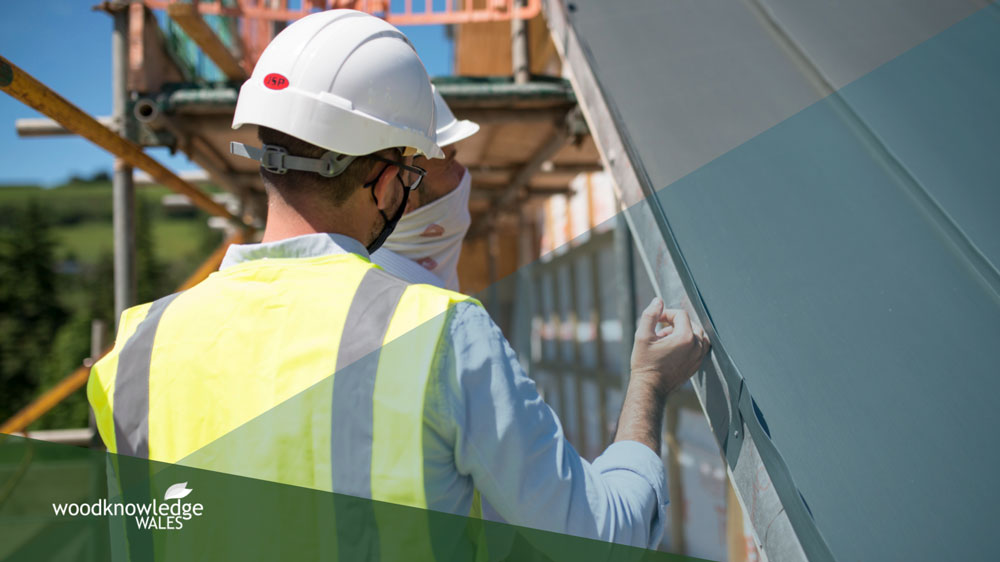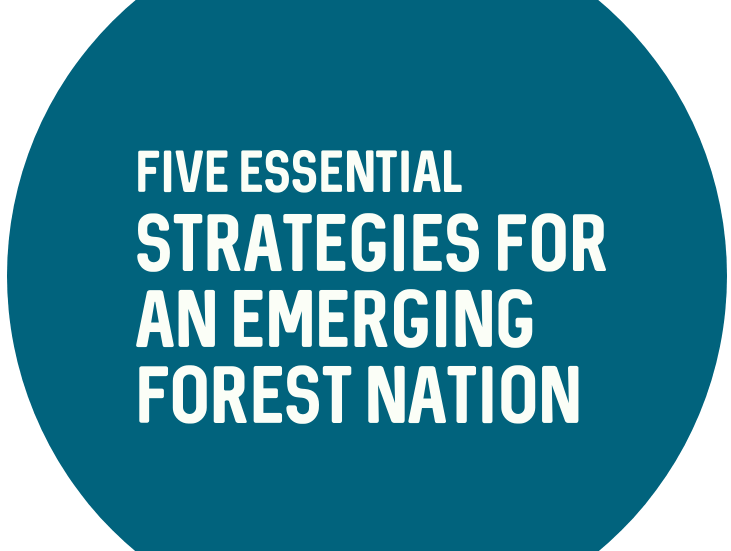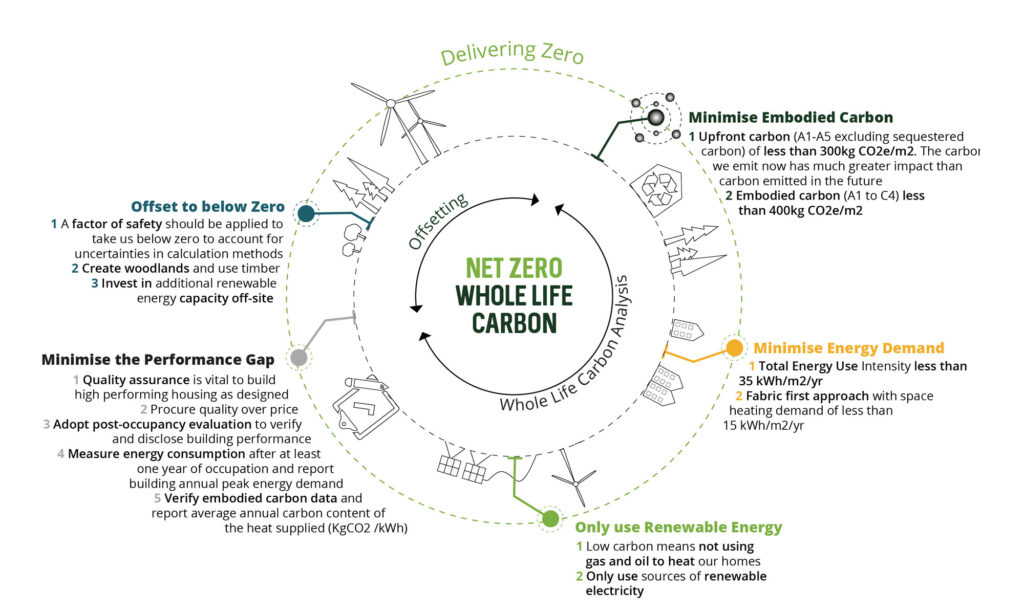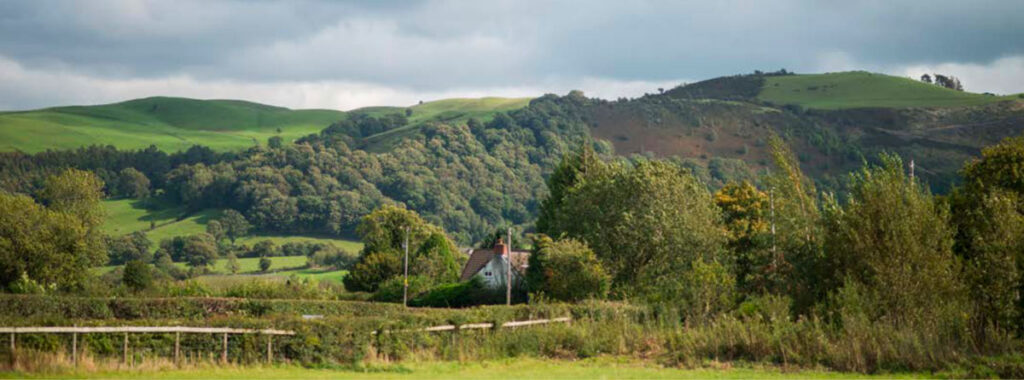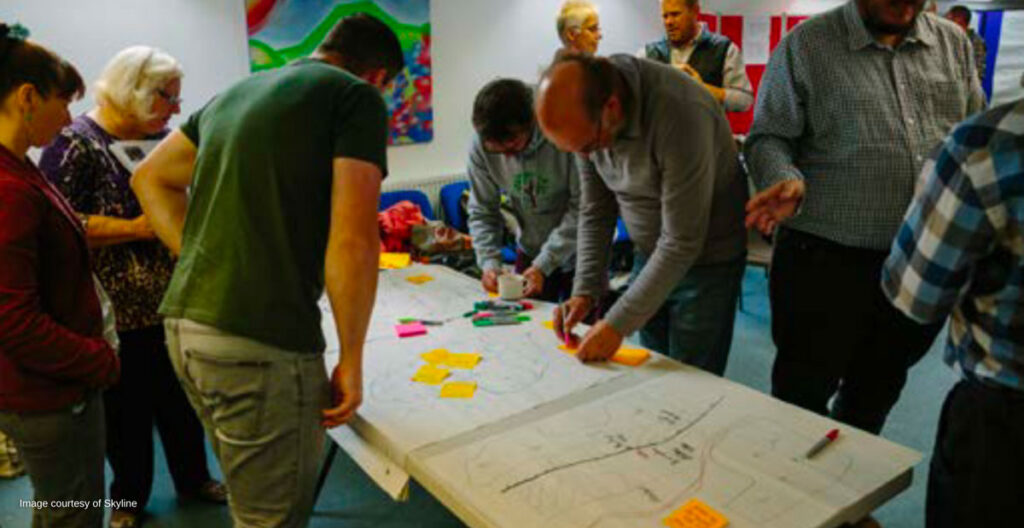6 March 2024, 11:30am – 14:30pm, Swansea Campus, IQ Building, IQ001-IQ002, Free to attend
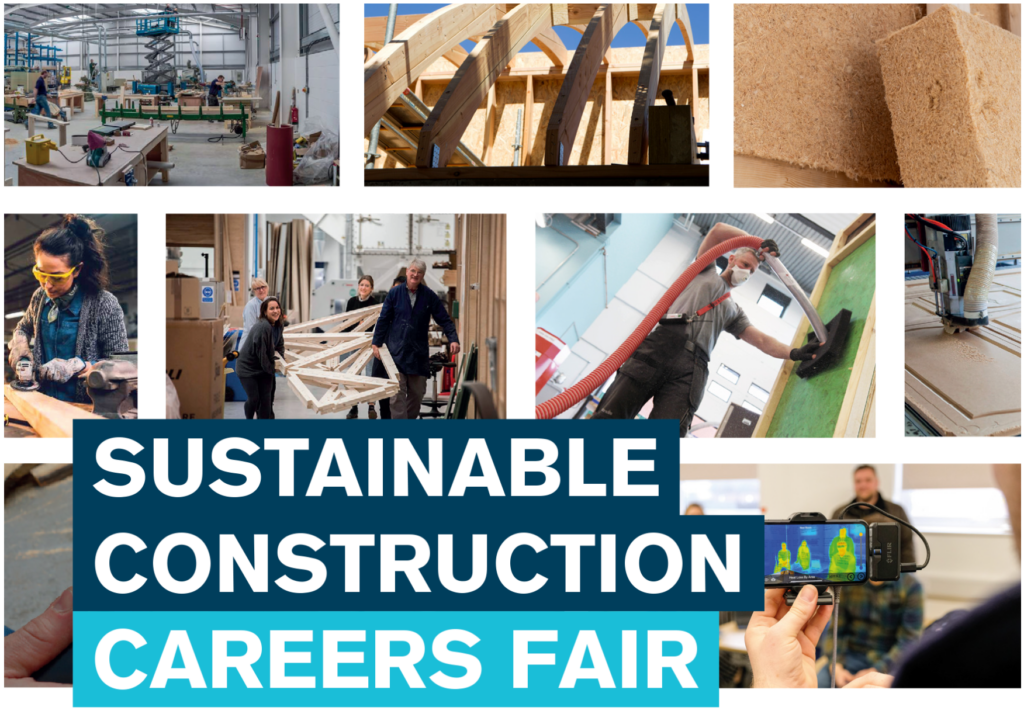
To celebrate Women in Construction Week 3-9 March the University of Wales Trinity Saint David’s Construction Wales Innovation Centre, the School of Architecture, Construction and the Environment (SoACE) and Career Service invite you to join us at our Sustainable Construction and the Environment Careers Fair on 6 March.
As exhibitors at this event you will be able to meet students from the SoACE as well as construction students from further education who could possibly be your next generation of staff.
In order to make this event sustainable in another sense of the word exhibitors are asked to think about things they can offer students such as work placements, apprenticeships, job offers or any other activity that starts to build a relationship with prospective employees.
This event is free to attend and lunch and refreshments will be provided.





